Also known as ‘dry’ toilets, composting toilets employ a dry sanitation method in place of a water-based sewer system.
They use a biological process to decompose human waste.
Because the system is ‘dry’ water is not needed to flush the toilet and deposit the waste into a septic tank. Instead, aerobic organisms are usually used to break down the waste into compost.
These aerobic organisms include fungi, bacteria, compost worms and other small insects.
The process usually requires some amount of activated carbon to accelerate the breakdown process. In addition, the environment should be ideal for the bacteria. Only then can you get the ideal finished compost that is great for soil use.
Let’s jump straight into the mechanism of a composting toilet
What is the Working Mechanism of a Composting Toilet?
Once you excrete into the toilet, the waste (solid and liquid) are separated in order for the decomposition process to begin. However, this can differ from one toilet to the other depending on how it is constructed.
When separated, the urine moves into a lower evaporating chamber containing aerobic organisms. Here, the aerobic bacteria works to convert the urine into a nitrogen enriched liquid enabling it to evaporate even faster.
The solid waste is deposited into another chamber where it is slowly broken down into dry compost material with the use of present aerobic organisms. To accelerate the rate and effectiveness of the process, some amount of absorbent carbon material such as saw dust, wood chips or ash straw is usually used.
The process should be odorless and complete- meaning that all of the waste should entirely be decomposed.
Properly composted waste usually does not contain any harmful pathogens that would otherwise be detrimental to both the soil and plants.
During the process of decomposition, these pathogens are usually eliminated through bacterial breakdown. That is why the entire process has to be completed before the compost can then be transferred to the soil or used in the environment.
So why is human waste compost good for plants? Well, it’s because it is rich in nutrients that are very useful.
At the very core, in order to ensure efficient decomposition, a few factors have to be at the optimum level. These include; as aforementioned, the presence of aerobic organisms and carbon materials, as well as the right temperature, oxygen and carbon-nitrogen levels.
1. Moisture/ Oxygen level
An optimal oxygen level is required for the oxygen-breathing aerobic bacteria. Essentially, the environment should not have too much moisture as this will drown out the bacteria.
To ensure that the oxygen level is optimal, some manufacturers may utilize manual agitators requiring the user to rotate the handle of the chamber in order to maintain the aeration level needed.
Because you want an environment that is optimally moist and not inconveniently wet, the liquid waste has to be handled properly. Different manufacturers go about this in different ways.
Most commonly, you will find that composting toilets have a container that collects urine and is emptied once full. Some toilets allow modification of the container to drain into a drain pit or French drain while others such as the Sun Mar system evaporate the liquid waste into the atmosphere.
The other thing that composting toilets must do is to draw out moisture from the solid waste. Other than urine on its own, solid waste largely consists of water that takes up to 75% of it. For this reason, composing toilets usually consist of a fan-assisted ventilation line that continually circulates air; pulling oxygen in and drawing odors and moisture out.
The volume of water is thus reduced, leaving the waste almost-entirely solid.
2. Temperature
Optimum temperature is usually required to keep the aerobic matter active for faster decomposition. That said, a natural aeration mechanism may be employed or manufacturers may use an electric heat system to enhance the warmth level.
Generally, between 60 and 100 degrees Fahrenheit is most optimal.
3. Carbon-nitrogen balance
When urine is disposed off properly, the nitrogen level in the compost pile is greatly reduced; which is great because you do not want excessive nitrogen build-up.
However, the right balance of carbon and nitrogen must be maintained in order for the environment to be bacteria-friendly.
For these reasons, composting toilets add carbon-rich materials such as sawdust, wood chips and ash straw to enable ideal working of the bacteria.
With that in mind, in order to fully understand how a composting toilet works, we have to look at the components and what role each one of them plays in the decomposing process.
Components of a Composting Toilet
The two fundamental parts of a composting toilet are the seat section and the collection unit.
1. Seat section
It goes without saying that this is the area where the user positions themselves in order to excrete into the toilet. The seat section may not vary from one toilet to the other because the most important thing is that it needs to be comfortable.
2. Collection unit
This is where all the waste gathers once the user has deposited into the toilet; and is where the break down also occurs.
In essence, this is the part that differentiates a composting toilet from a regular toilet.
The collection unit is composed of two major sections;
i) Composting chamber
This chamber serves as a storage unit for the waste as well as the decomposition unit.
It is usually created in a slop-shape in order for the solid and liquid waste to detach easily.
ii) The aeration unit
For the waste to be converted into useful compost material, the aeration level has to be monitored. That means that the required amount of oxygen is ensured while other gases as naturally escorted out.
Although similar in function, the placement of these components may vary from one composting toilet to the next one depending on the manufacturer. That said, these are the most common designs for composting toilets
Design of a Composting Toilet
1. Nature head
This composting system consists of a bottle positioned at the front whereby the liquid waste is deposited into and emptied when full.
While the liquid is deposited into this container, the solid waste moves into a composting chamber containing a bulking agent. The bulking agent (carbon additives) then work with the solids.
Usually one has to turn the handle after each toilet use in order for the solids and the bulking materials to mix.
The great thing about this system is that it is designed to deposit the waste directly into a garbage bag such that you need not handle the compost.
2. Sun Mar System
This composting system instills three chambers; each tasked with evaporation of the liquid waste, composting the solid waste and lastly depositing safe and finished product for storage.
This three-chamber system contains a large bio-drum (where the separation of the liquids from the solids as well as the actual composting takes place), the evaporation chamber (where the liquids pass through) and the finishing drawer which holds the end-product.
The Bio-drum hosts an ideal environment for proper composting to take place which is one of the main advantages of this system.
Types of Composting Toilets
There are different types of composting toilets, each aiming at attaining the aforementioned goals; which are ensuring quick and odorless decomposition, evaporating the liquid and ensuring a safe (pathogen-free) end-product.
They include:
1. Active composters
Commonly known as “self-contained” toilets, these toilets have a composting chamber attached to the toilet.
These toilets usually have a fast breakdown process due to the presence of carbon materials as well as optimal oxygen and temperature levels owing to the presence of aeration fans and heating elements.
2. Vermicomposting flushing toilet
A vermicomposting toilet uses earthworms to hasten the process of decomposition.
The toilet usually features a filter bed that holds the solid while allowing the liquid to permeate through. The liquid is then gotten rid of with a reactor.
The composting earthworms and aerobic bacteria work with the solid waste to convert it into stable organic compounds.
What is different about these toilets is that they use flush water to rid the waste deposited. Therefore, one can easily connect them to a low-flush toilet.
3. Slow composting toilet
Also known as the ‘cold composting’ toilet, these toilets allow the compost to pile up gradually before being taken out when full.
The thing that differs this type of compost toilet is that the compost may still contain harmful pathogens. These toilets take more time to full break down the pathogens in the waste. As such, the vermicomposting process may have to be instilled in order to hasten the decomposing process.
These toilets are ideal for seasonal use.
Frequently Asked Questions
Do composting toilets smell?
One of the biggest concerns with composting toilets is whether or not they result in a foul-smelling environment. The answer to that is no; for three main reasons.
Firstly, as mentioned earlier, composting toilets consist of a ventilation system that pulls fresh oxygen in and pushes out moisture and other gases/ odors. As the air circulates efficiently, the stench goes away.
Secondly, these systems rely on aerobic bacteria which largely produce odorless carbon dioxide and water vapor as compared to anaerobic bacteria which would produce pungent gases such as ammonia and methane.
Thirdly, these toilets entail a tightly-closed system which works to not only keep the smell in but also enhance optimal temperature within. Because they are sealed off, there is little to no chance of the foul smell escaping.
How long does it take for the compost to be ready?
This varies depending on the type of toilet, frequency of usage and the presence or lack thereof of compost accelerators.
But generally, the longer the waste composts the better it is.
Small self-contained toilets might have to be emptied every few weeks while large central one can take anything between a few months to a couple of times a year.
Wrap Up
Composting toilets are ideal for those living in remote areas or those with gardens and can make use of the additional nutrients.
These toilets are not without their disadvantages. For starters, they usually require more maintenance than regular toilets. Additionally, if poorly managed, these toilets can result in odors, insect and other health hazards.
Plus, some type of power source is usually required for aeration and removing the end-product is a must.
However, with proper care and maintenance, composting toilets are an efficient alternative to flushing toilets.

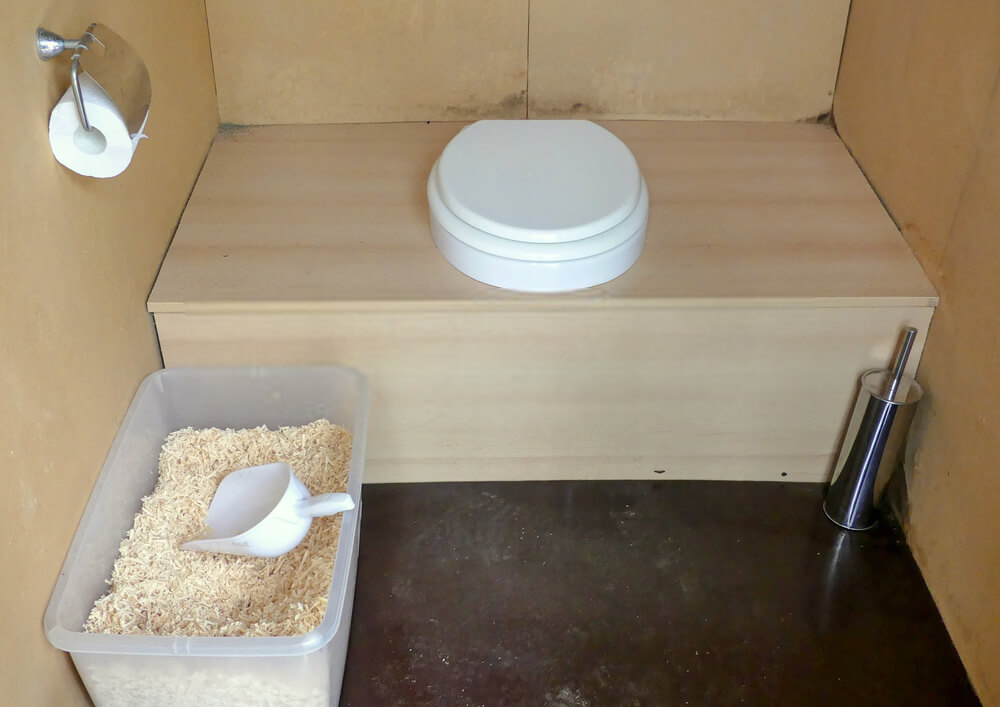


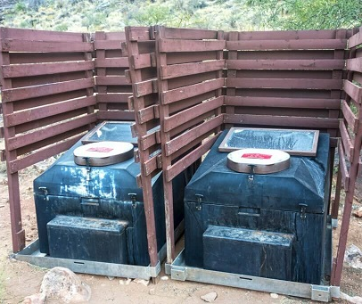


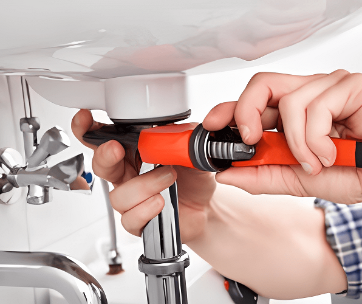
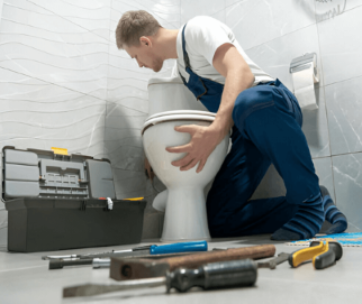
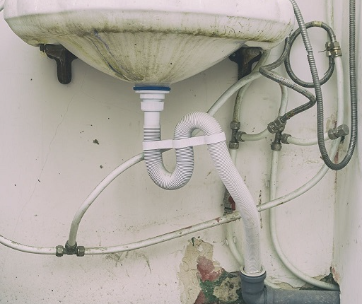
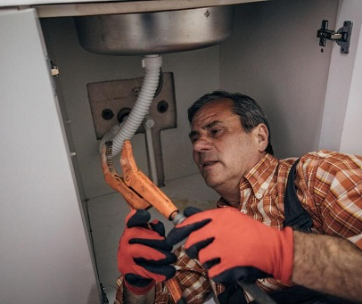
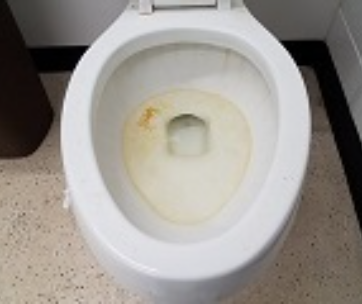
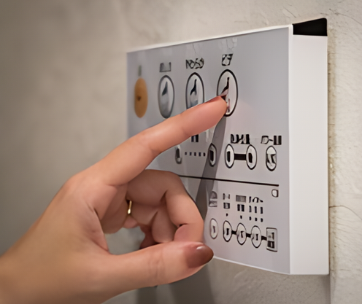
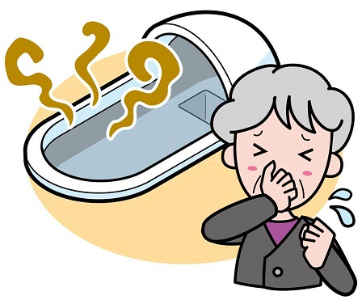

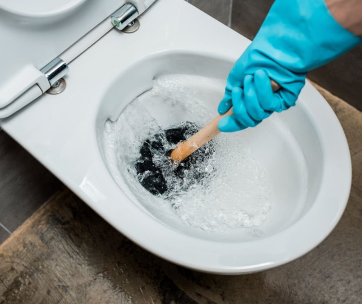
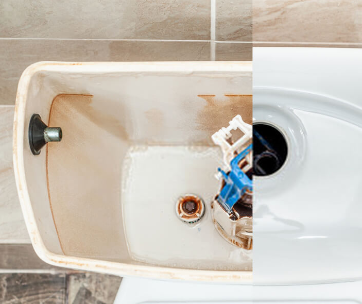


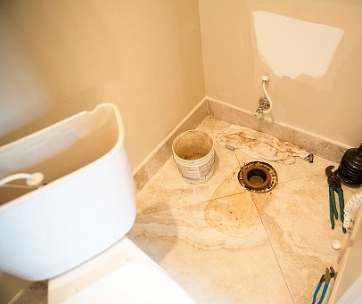
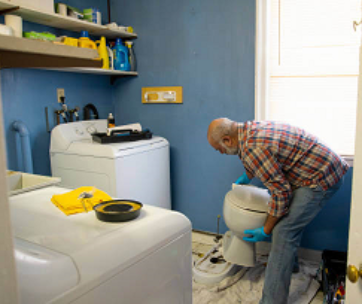
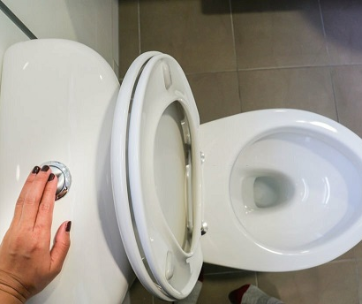

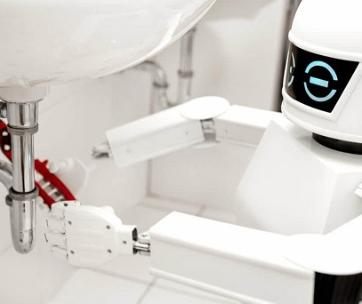

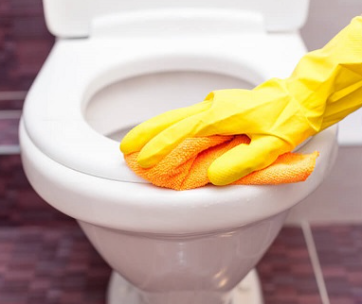
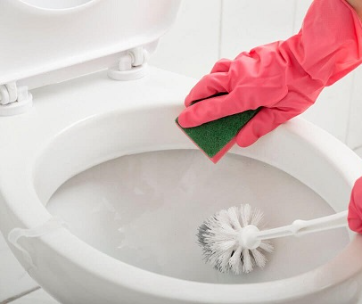
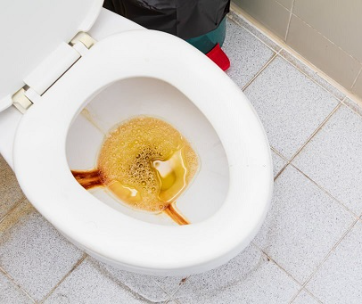


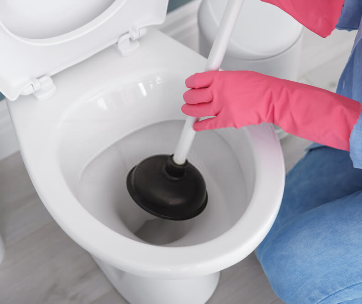
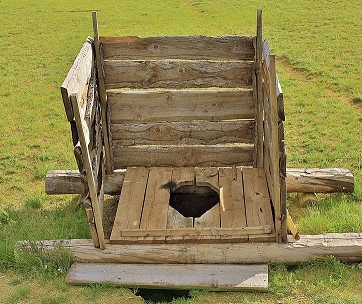
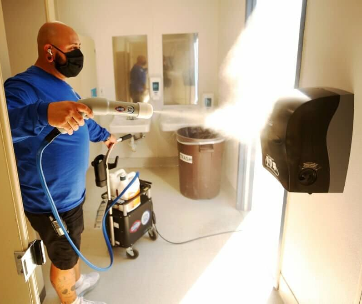
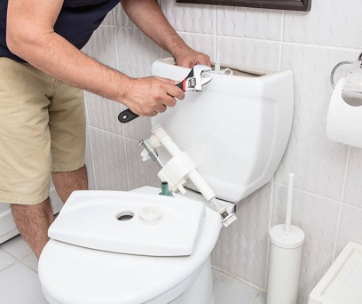

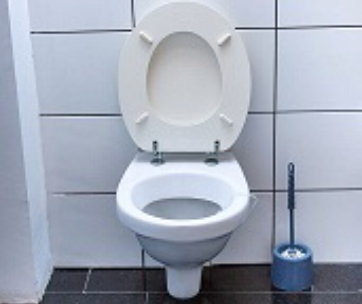
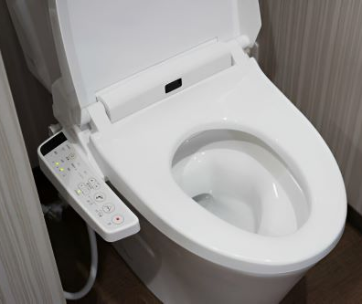





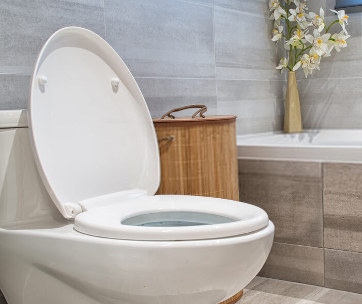
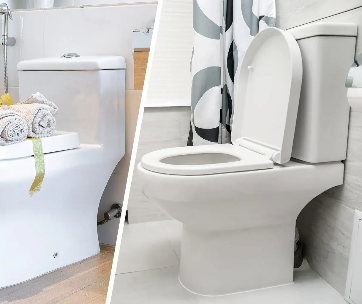

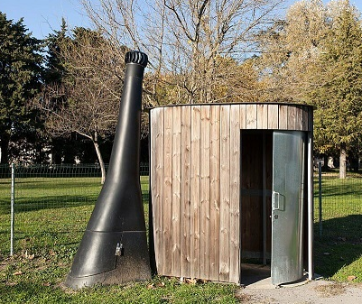
Comments